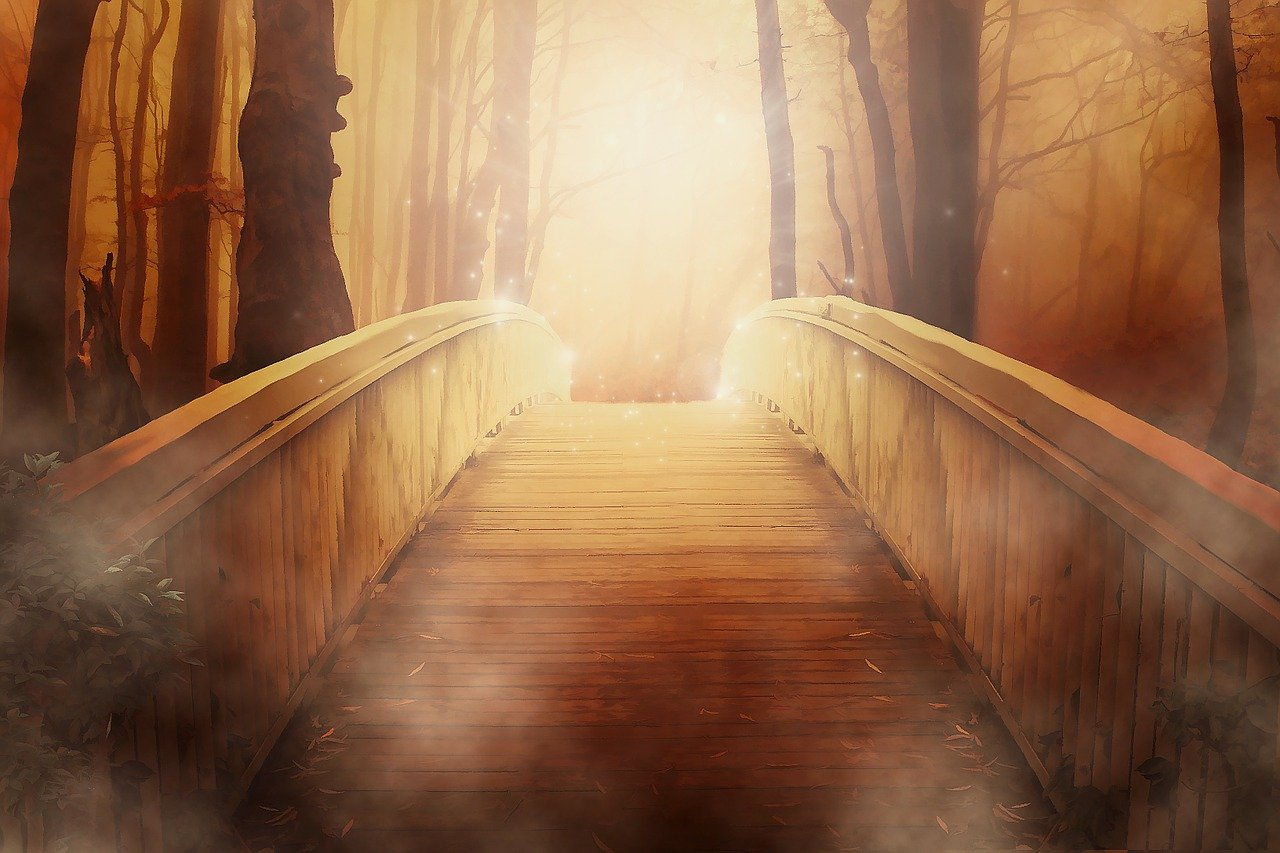Table of Contents
The Baroque period, spanning the 17th and 18th centuries, was a time of grandeur, opulence, and artistic flourish. European palaces, often seen as the epitome of power and wealth, embraced the Baroque style with enthusiasm. In this article, we embark on a journey through the world of “Baroque Brilliance” to explore the ornate and dramatic designs that characterized the architecture of European palaces during this remarkable era.
The Baroque period, a resplendent chapter in the history of architecture, ushered in an era of unparalleled opulence and artistic extravagance. To fully appreciate the “Baroque Brilliance” of European palaces, let’s delve deeper into the opulent world of this remarkable architectural style:
The Essence of Baroque:
Dramatic Exuberance: The Baroque style was characterized by a dramatic and exuberant approach to design. It sought to elicit emotional and sensory responses, creating an architecture that was both visually stunning and emotionally evocative.
Curves and Contrasts: Baroque architects favored curved forms and dynamic lines. The juxtaposition of light and shadow, along with bold use of contrasting colors and materials, added depth and dynamism to buildings.
European Palaces as Epitomes of Power:
Palatial Extravagance: European palaces, during the Baroque era, were unabashed displays of power and wealth. Monarchs and nobility vied with one another to construct ever more opulent residences that showcased their prestige and dominance.
Architectural Triumphs: Palaces became architectural triumphs, where every facet was meticulously designed to convey grandeur. Elaborate facades, monumental entryways, and majestic courtyards were all part of the grand design.
Ornate Interiors:
Gilded Splendor: The opulence extended to the interiors of Baroque palaces. Gilded surfaces, intricate stucco work, and lavish frescoes adorned ceilings and walls. These sumptuous interiors enveloped visitors in a world of luxury and extravagance.
Illusion and Drama: Baroque architects often employed trompe-l’oeil techniques, using painted or sculpted elements to create optical illusions. These illusions added depth and drama to rooms, making spaces seem larger and more awe-inspiring.
Gardens and Landscapes:
Baroque Gardens: The magnificence of Baroque palaces was not limited to their buildings; it extended to the surrounding landscapes. Baroque gardens, with their meticulously planned layouts, terraced levels, and grand fountains, were an integral part of the overall design.
Theatricality of Nature: Baroque gardens were conceived as theatrical stages of nature. Visitors would stroll through these gardens, experiencing a sense of wonder as they encountered carefully choreographed vistas, sculptures, and water features.
Influence on Culture:
Cultural Flourish: The Baroque era was not only a time of architectural brilliance but also a period of cultural flourish. It witnessed the creation of masterpieces in music, art, and literature, all of which were deeply influenced by the dramatic sensibilities of the Baroque.
Legacy of Beauty: Baroque architecture’s legacy endures in the preservation and restoration of historic palaces and buildings. These exquisite structures continue to inspire awe and admiration for their beauty and historical significance.
In conclusion, “Baroque Brilliance” in European palaces during the 17th and 18th centuries was a testament to the extravagant tastes, artistic fervor, and societal ambitions of the time. These architectural marvels, with their opulent designs and dramatic flourishes, remain as beacons of a bygone era, inviting us to step into a world of grandeur and splendor that continues to captivate the imagination and leave an indelible mark on the world of architecture and art.
For additional details, consider exploring the related content available here Baroque Art and Architecture Movement Overview | TheArtStory
The Baroque Revolution
The Baroque era marked a significant departure from the restrained elegance of the Renaissance. Baroque architecture was all about excess—excessive ornamentation, dramatic forms, and a celebration of the senses. This style was a reflection of the political, cultural, and religious changes that swept across Europe during this period.
nullTo expand your knowledge on this subject, make sure to read on at this location: Baroque Art and Architecture Movement Overview | TheArtStory

Opulent Facades and Elaborate Interiors
European palaces in the Baroque style were nothing short of spectacular. They featured opulent facades adorned with intricate stucco work, ornate sculptures, and grand entrances that conveyed an immediate sense of grandeur. The interiors were equally impressive, with lavishly decorated rooms, gilded ceilings, and sumptuous furnishings that left visitors in awe.
European palaces in the Baroque style were nothing short of spectacular. They represented an architectural and artistic triumph of their era, and their design was a testament to the extravagance and opulence of the time. These magnificent structures weren’t merely buildings; they were living works of art that celebrated the power, wealth, and influence of the ruling elites.
The opulent facades of Baroque palaces were the first hint of their grandeur. Elaborate stucco work, often meticulously crafted by skilled artisans, covered the exteriors in a dazzling display of intricate patterns and designs. These facades weren’t just walls; they were canvases that told stories, using allegorical figures, mythological scenes, and symbolic motifs to convey the palace’s significance and the aspirations of its owner. Walking up to one of these palaces, visitors couldn’t help but be mesmerized by the sheer beauty and detail of the exteriors.
The grand entrances were designed to make an immediate and lasting impression. Massive, ornate doors flanked by towering columns welcomed visitors into a world of luxury and splendor. As you crossed the threshold, you were transported into a realm where every detail was designed to awe and inspire.
However, the true marvel of Baroque palaces lay within their walls. The interiors were a symphony of artistry and craftsmanship. Lavishly decorated rooms were adorned with frescoes, murals, and paintings that told stories of history, mythology, and the achievements of the time. Gilded ceilings, often featuring intricate patterns and elaborate chandeliers, bathed the rooms in a warm, golden glow, creating an atmosphere of enchantment.
Furnishings were equally sumptuous, featuring rich fabrics, exquisite tapestries, and hand-carved wooden furniture. Each piece was a work of art in itself, reflecting the skill of master craftsmen. Visitors couldn’t help but feel a sense of wonder and reverence as they walked through these palaces, surrounded by such opulence.
Beyond their visual beauty, Baroque palaces often had a practical purpose as well. They served as centers of political power, hosting royal courts, diplomatic events, and gatherings of the intellectual and artistic elite. These palaces were not just beautiful shells; they were bustling hubs of culture and influence, where ideas were exchanged, alliances were forged, and history was made.
In retrospect, European palaces in the Baroque style stand as enduring symbols of an era characterized by extravagance, artistic achievement, and the pursuit of grandeur. They remain a source of inspiration for architects, artists, and historians alike, reminding us of the heights that human creativity and ambition can reach when given the means and opportunity to flourish.
For additional details, consider exploring the related content available here Château de Versailles (article) | Khan Academy
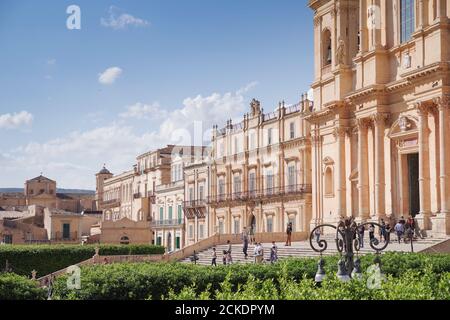
Dramatic Use of Light and Space
Baroque architects were masters of dramatic effects. They used light and space to create a sense of movement and emotion within the palace walls. Elaborate frescoes on ceilings depicted heavenly scenes, while clever use of mirrors amplified the grandeur of the halls. The play of light and shadow added depth and drama to the architectural compositions.
Baroque architects were indeed virtuosos of creating immersive and emotionally charged spaces. Their artistry transformed palaces and churches into dazzling showcases of design that captivated the senses and stirred the soul.
Within these opulent palaces, the architects orchestrated a symphony of light and space. They understood that light had the power to shape perceptions and emotions. Elaborate chandeliers and strategically placed windows bathed the interiors in a warm and inviting glow during the day while casting ethereal shadows by night. This dynamic interplay of light and shadow transformed the palace interiors into living canvases, with each passing hour offering a different perspective, adding a sense of temporal depth to the surroundings.
One of the most enchanting features of Baroque architecture was the use of frescoes on ceilings. These intricate and elaborate paintings depicted celestial scenes, mythological narratives, and religious allegories. As visitors looked up, they were transported to otherworldly realms, their eyes drawn to the heavens above. These frescoes weren’t just decorative; they were storytelling devices, adding a layer of narrative to the physical space. The act of wandering through a grand hall became a journey through time and mythology, and the ceiling became a portal to the imagination.
Mirrors played a pivotal role in the Baroque architect’s toolkit. Cleverly positioned mirrors reflected and amplified the grandeur of the halls, creating an illusion of endless space and multiplying the visual impact of the architecture. This manipulation of mirrors added a touch of magic, making rooms seem larger and more extravagant than they were.
What set Baroque architecture apart was its ability to evoke emotion. Walking through these spaces was akin to entering a theater where architecture became a performance. The drama was palpable, with each corridor, chamber, and staircase designed to elicit a specific emotional response, be it awe, wonder, or reverence.
In essence, Baroque architects were not just builders of structures; they were creators of immersive experiences. Their masterful manipulation of light, space, and decorative elements transformed mere buildings into emotional and sensory journeys. Today, when we visit a Baroque palace or church, we are still captivated by the same dramatic effects that enchanted audiences centuries ago, a testament to the enduring power of their visionary design.
Don’t stop here; you can continue your exploration by following this link for more details: Baroque Art and Architecture Movement Overview | TheArtStory
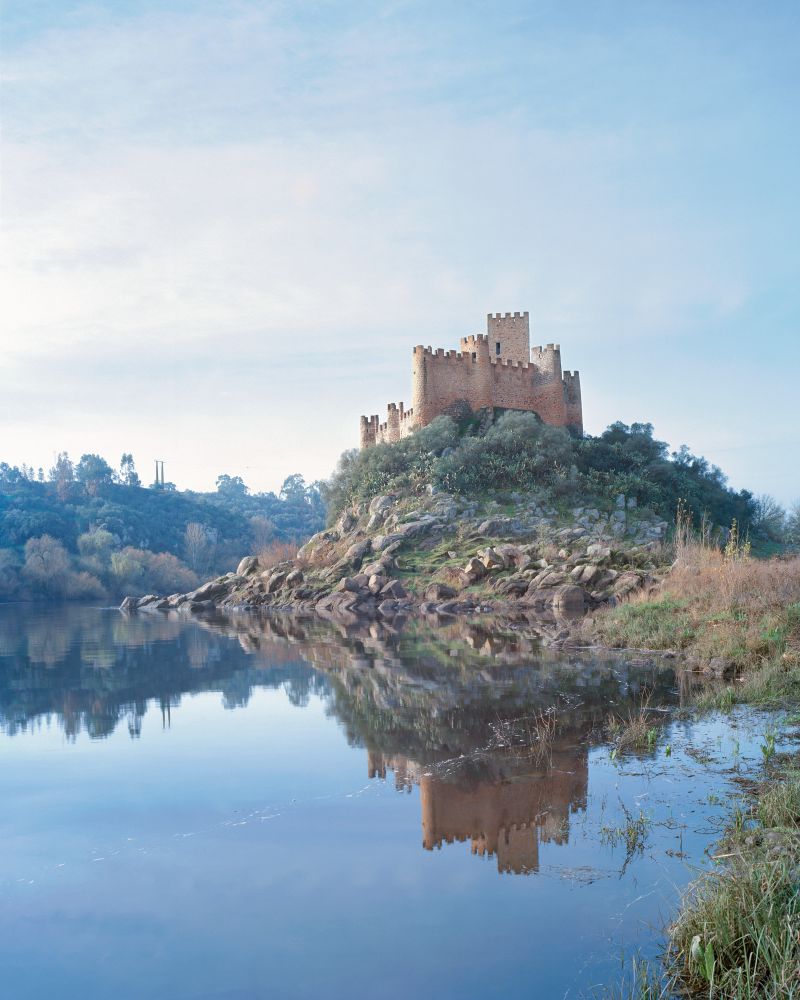
Versailles: A Baroque Icon
One cannot discuss Baroque palaces without mentioning the Palace of Versailles in France. Designed by architects such as Louis Le Vau and Jules Hardouin-Mansart, Versailles is the epitome of Baroque opulence. Its Hall of Mirrors, with its 357 mirrors, exudes a sense of extravagance that encapsulates the Baroque spirit.
The Palace of Versailles in France stands as the crowning jewel of Baroque architecture, a monument to opulence, grandeur, and artistic mastery. Designed by renowned architects Louis Le Vau and Jules Hardouin-Mansart, this magnificent palace is an enduring testament to the Baroque spirit that swept through Europe in the 17th century.
As you step through the gilded gates of Versailles, you are transported to a world where extravagance knows no bounds. The palace’s facade, adorned with intricate sculptures, pilasters, and decorative elements, is a testament to the exuberant theatricality that defines the Baroque style. It is a visual symphony of curves, scrolls, and embellishments that captivate the eye and ignite the imagination.
However, it is the Hall of Mirrors within Versailles that truly encapsulates the essence of Baroque opulence. This legendary hall, with its 357 mirrors, serves as a dazzling showcase of both architectural and artistic prowess. As sunlight streams through the windows, it dances off the mirrors and crystal chandeliers, creating a mesmerizing play of light that fills the space with an ethereal glow.
The Hall of Mirrors, with its mirrored walls reflecting infinite images, immerses visitors in a surreal world of illusion and extravagance. It’s a space where grand receptions and significant historical events unfolded, making it a witness to centuries of political intrigue and cultural refinement. The reflections seem to multiply the grandeur, creating an ambiance of unparalleled splendor and majesty.
Beyond its aesthetic marvels, Versailles embodies the political and cultural ideals of the Baroque era. It served as the symbol of absolute monarchy and the power of the French crown, showcasing the monarch’s authority through architectural magnificence. The carefully designed gardens, with their geometric patterns, fountains, and statues, extend the sense of grandeur into the natural landscape, creating a harmonious blend of artifice and nature.
Versailles is not merely a palace; it is a living testament to the aspirations of an era that sought to elevate the arts, celebrate power, and indulge in the splendors of life. It continues to inspire artists, architects, and visitors from around the world, inviting them to step into a world of Baroque opulence and immerse themselves in the grandeur of a bygone age.
In essence, the Palace of Versailles stands as a masterpiece of Baroque architecture, a place where the extravagant spirit of the era is frozen in time. It is a place where art, architecture, and history converge, reminding us of the enduring allure of opulence and the boundless creativity of the human spirit.
Looking for more insights? You’ll find them right here in our extended coverage: Quiz 3 Flashcards | Quizlet
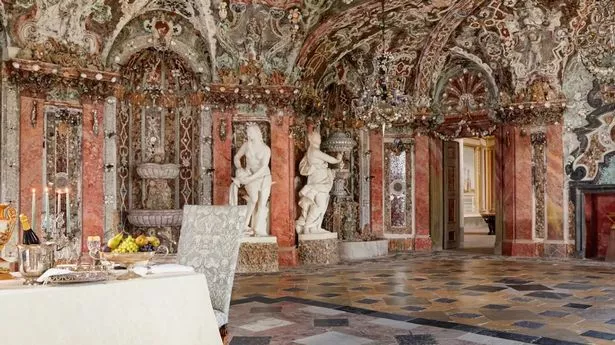
Vienna’s Imperial Palaces
Vienna, the capital of the Habsburg Empire, boasts a collection of stunning Baroque palaces. The Belvedere Palace, with its grand central axis and beautifully landscaped gardens, is a prime example. Schönbrunn Palace, a UNESCO World Heritage Site, is another masterpiece of Baroque design, with its symmetrical layout and grandeur that rivals Versailles.
nullYou can also read more about this here: Expert-led cultural holidays | Martin Randall Travel
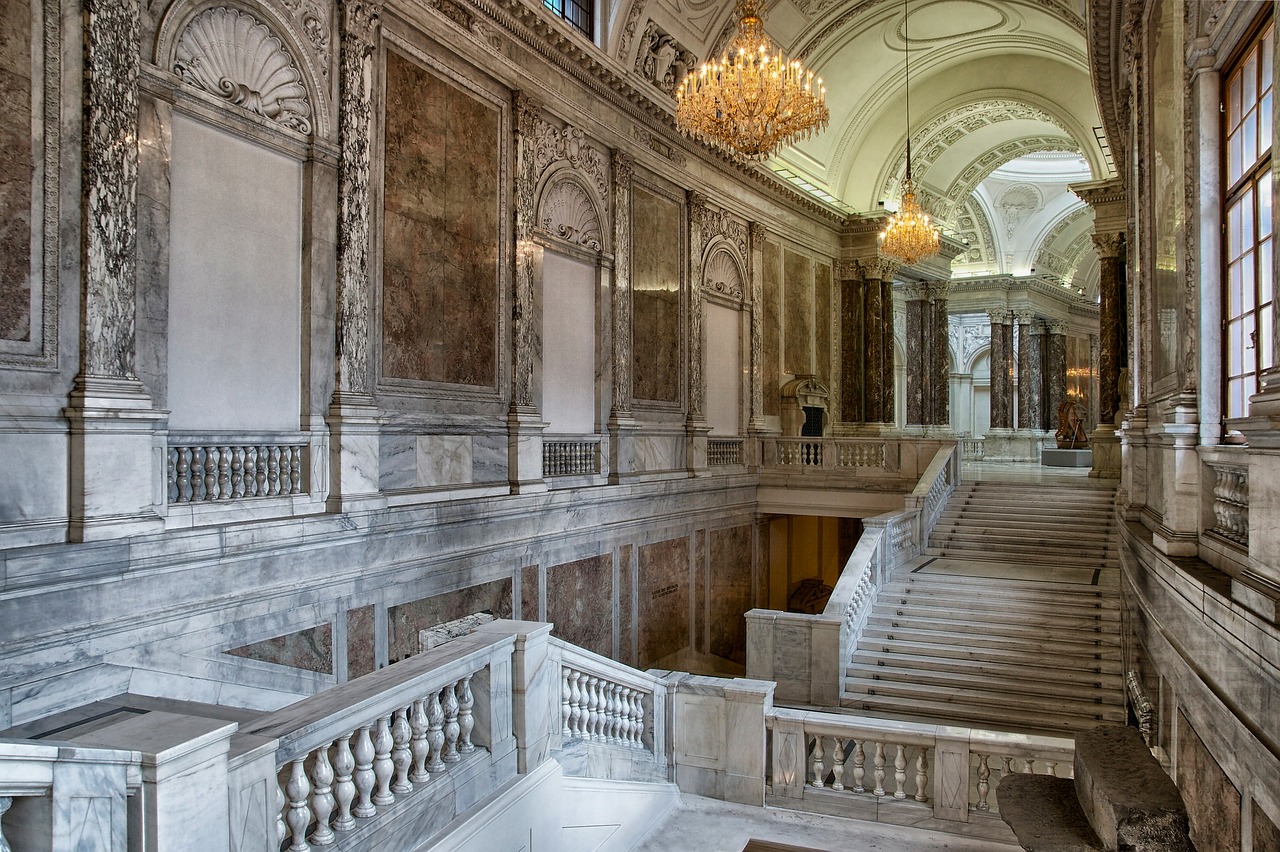
The Legacy of Baroque Brilliance
The influence of Baroque architecture extended far beyond the 18th century. It left an indelible mark on subsequent architectural styles, including the Rococo and Neoclassical movements. Today, the palaces of the Baroque era stand not only as historic monuments but also as symbols of an age that celebrated extravagance, artistic expression, and the pursuit of beauty.
The legacy of Baroque architecture, with its opulence and artistic exuberance, continued to reverberate long after the 18th century had passed. Its profound influence extended its tendrils into subsequent architectural movements, most notably the Rococo and Neoclassical styles, where it shaped the course of architectural evolution in profound ways. Even in the modern era, the palaces and structures born from the Baroque era still stand, their grandeur and magnificence serving as a testament to an age that revered extravagance, artistic creativity, and the relentless pursuit of beauty.
1. The Rococo Revolution: The Rococo movement, which followed the Baroque era, borrowed elements of opulence and ornamentation while infusing a sense of lightness and whimsy. It refined the intricate detailing and embraced asymmetry, creating interiors and exteriors that exuded a sense of delicate charm and grace. The playful spirit of Rococo was, in many ways, a response to the grandeur of Baroque, yet it retained a deep appreciation for artistry and aesthetics.
2. The Neoclassical Resurgence: On the other end of the spectrum, Neoclassical architecture emerged as a reaction against the elaborate forms of Baroque. Inspired by the classical architecture of ancient Greece and Rome, Neoclassicism emphasized clean lines, symmetry, and a return to the architectural principles of antiquity. However, even in this movement, traces of Baroque influence can be discerned, especially in the use of decorative elements and grand public buildings.
3. Palaces and Architectural Icons: Baroque palaces, churches, and public buildings continue to stand as iconic landmarks across the globe. These structures, marked by their intricate facades, opulent interiors, and dramatic use of space and light, serve as tangible reminders of an era that unabashedly celebrated architectural extravagance.
4. An Enduring Aesthetic: The Baroque aesthetic, with its fusion of architecture, sculpture, and painting, continues to inspire contemporary architects and designers. Its emphasis on the integration of the arts into architectural design echoes in modern approaches to creating immersive, multi-sensory spaces that engage and captivate.
5. A Celebration of Beauty: Above all, the Baroque era championed the pursuit of beauty as an essential aspect of life. It valued the emotional impact of art and architecture, emphasizing that beauty had the power to uplift the human spirit and inspire awe. This enduring celebration of beauty remains a timeless legacy of the Baroque movement.
6. A Glimpse into History: Baroque architecture provides us with a tangible connection to history, allowing us to step back in time and experience the splendor and opulence of a bygone era. These structures serve as living museums that transport us to a world where artistic expression and architectural innovation reigned supreme.
7. Inspiration for the Arts: Beyond architecture, the Baroque era has left a profound influence on the wider arts, including music, literature, and painting. The dramatic and emotional qualities that characterized Baroque architecture found resonance in other artistic disciplines, creating a holistic cultural movement.
In summary, Baroque architecture’s enduring influence is a testament to its lasting impact on the world of design and aesthetics. Its interplay of extravagance, artistic expression, and the pursuit of beauty left an indelible mark on subsequent architectural styles and continues to inspire creative minds today. The palaces and edifices of the Baroque era stand not only as architectural marvels but also as beacons of an age that reveled in the grandeur of human creativity and the enduring quest for artistic beauty.
Looking for more insights? You’ll find them right here in our extended coverage: Antonio Canova (1757–1822) | Essay | The Metropolitan Museum of …
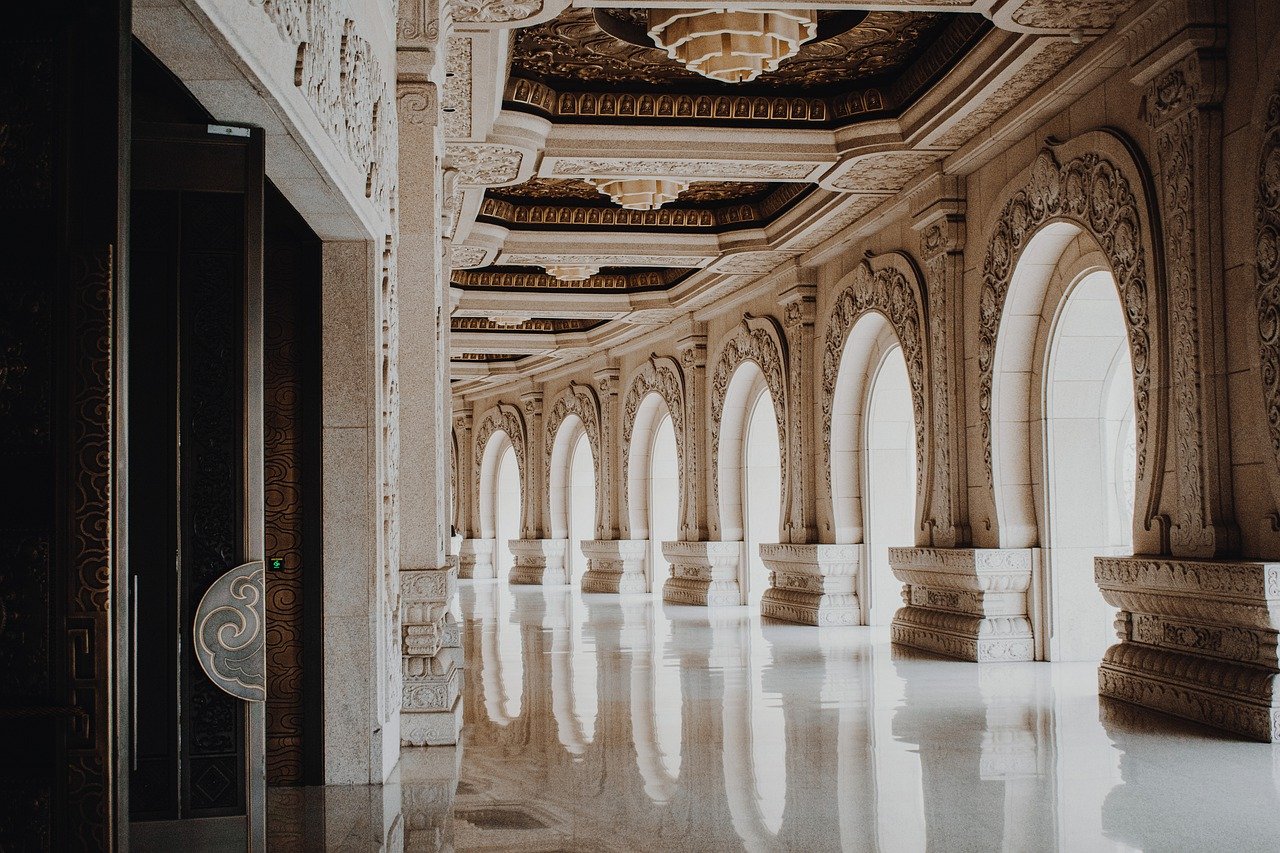
“Baroque Brilliance
Ornate and Dramatic Designs in European Palaces” invites us to step into a world of extravagance and artistic splendor. The Baroque period was a time when European monarchs and rulers spared no expense in creating palaces that reflected their power and taste. As we admire the ornate facades, opulent interiors, and dramatic use of space and light in these palaces, we are transported to an era that reveled in the dramatic and the grandiose. It is a reminder that architecture has the power not only to shelter but also to inspire, awe, and leave an indelible mark on the human spirit.
“Ornate and Dramatic Designs in European Palaces” invites us to step into a world of extravagance and artistic splendor, where architecture becomes a testament to the opulence of the Baroque period. This remarkable era was defined by European monarchs and rulers who spared no expense in creating palaces that not only reflected their power but also showcased their impeccable taste and appreciation for the arts. As we admire the ornate facades, opulent interiors, and dramatic use of space and light in these palaces, we are transported to an era that reveled in the dramatic and the grandiose.
A Theater of Grandeur: European palaces from the Baroque period were designed as theaters of grandeur, where every architectural element played a role in the overall spectacle. Elaborate facades adorned with intricate stonework and sculptures were intended to impress and overwhelm visitors, setting the stage for the awe-inspiring experiences that awaited within.
The Triumph of Detail: In these palaces, attention to detail reached extraordinary heights. From the intricate moldings and frescoed ceilings to the gilded furnishings and crystal chandeliers, no detail was too small to escape the meticulous eye of the architects and craftsmen. The result was an immersive environment where every corner told a story of opulence and artistic mastery.
Dramatic Use of Light: Light was a crucial element in Baroque architecture. Vast windows and strategically placed mirrors were used to manipulate natural light, creating dramatic plays of light and shadow that brought the interiors to life. It was an architectural symphony where light itself became a form of art.
Celebrating Human Achievement: The Baroque period celebrated human achievement, and palaces were a canvas for showcasing the triumphs of art and science. These buildings served as patronage centers for painters, sculptors, and architects, who created masterpieces that continue to inspire awe and admiration to this day.
Inspiration and Awe: Visiting these palaces is a journey into the heart of inspiration and awe. They remind us that architecture has the power not only to shelter but also to elevate the human spirit. The scale, the beauty, and the sheer audacity of these designs leave an indelible mark on those who have the privilege of experiencing them.
Legacy of Excellence: The legacy of Baroque palaces extends beyond their architectural brilliance. They are enduring symbols of the vision, ambition, and creativity of the rulers and artists who conceived them. These palaces remain living testaments to a time when extravagance and artistry converged to create spaces that continue to inspire wonder and admiration.
In conclusion, “Ornate and Dramatic Designs in European Palaces” beckon us to explore a world where architecture transcends mere functionality and becomes an expression of human creativity at its most extravagant. It is a journey into an era that celebrated the dramatic, the opulent, and the grandiose, and a reminder that architecture has the power to awe, inspire, and leave an indelible legacy for generations to come. These palaces are not just buildings; they are living works of art that continue to resonate with the grandeur of the Baroque period.
Looking for more insights? You’ll find them right here in our extended coverage: Baroque Art and Architecture Movement Overview | TheArtStory
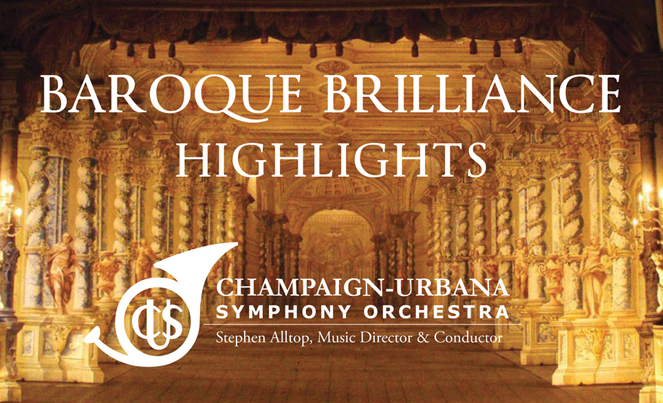
More links
Should you desire more in-depth information, it’s available for your perusal on this page: Baroque Art and Architecture Movement Overview | TheArtStory
